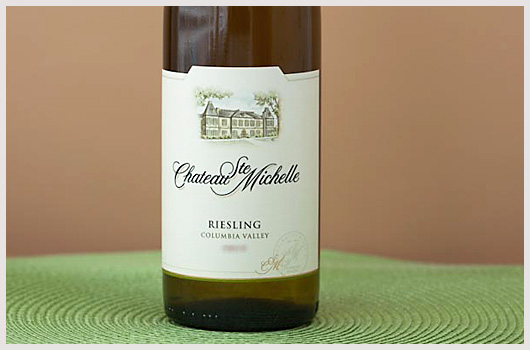While living in London one of my friends in the wine trade enjoyed playing a bit of a prank on wine drinkers. During tasting events, when a novice would arrive at his table asking for chardonnay he would instead pour them a Riesling.
It was a manipulative maneuver, but it wasn’t done maliciously. My friend was simply trying to promote a varietal we both deeply love by tricking people into giving it a chance.
As desired, when the newbie was told of the switch we almost always secured another Riesling follower to our side. Who would have thought this grape could taste so heavenly?
As chardonnay continues to grow in popularity as America’s white wine staple, so does the confusion surrounding Riesling. The irony in this situation is that 100 years ago German Rieslings were more expensive than even the rare and finest Bordeauxs. Today Riesling may be one of the most underrated wines in the market.
I blame bad marketing for the American wine consumers’ confusion regarding this grape.
First there’s the bottle. Many think of cheap, sweet German wines when they see the flute bottle style.
Making matters worse are the confusing labels. At times it feels likes one needs a dictionary to decipher the label and an interpreter just to ask for the wine on a wine list.
A few years ago, in an attempt to make Riesling more consumer-friendly, the trade introduced a taste profile graphic on the back of some Riesling labels. It’s a simple scale of dry, medium-dry, medium sweet and sweet, with an arrow marking a particular wine’s position on the scale. It put us one step closer to simplicity.
With any luck this scale will help alleviate some of the confusion surrounding this often overlooked and underappreciated wine. Fingers crossed. For now, drink more Riesling.
THE VALUE
- 2013 Chateau Ste. Michelle Riesling, Washington (about $12 retail)
THE SPLURGE
- 2012 Gunderloch Diva Riesling, Germany (about $26 retail)
